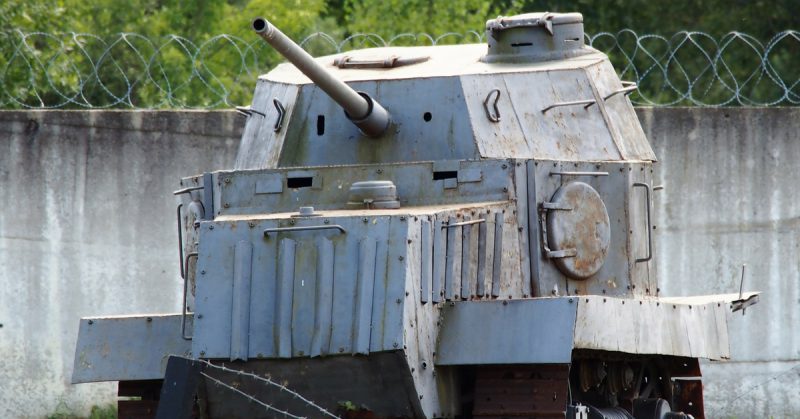In 1941, the city of Odessa was caught within a ring of Romanian-German offensive formations. The forces of the 11th German and 4th Romanian armies broke through the Soviet defenses on the Dniester River, opening the way to Odessa. Leading the offensive, Army Group South, attacking from the south in accordance with Directive 21 of “Plan Barbarossa,” came very close to Odessa.
A swift attack and complete capture of the city and nearby settlements were planned. Having a technical and numerical superiority, the German command counted on a quick victory.
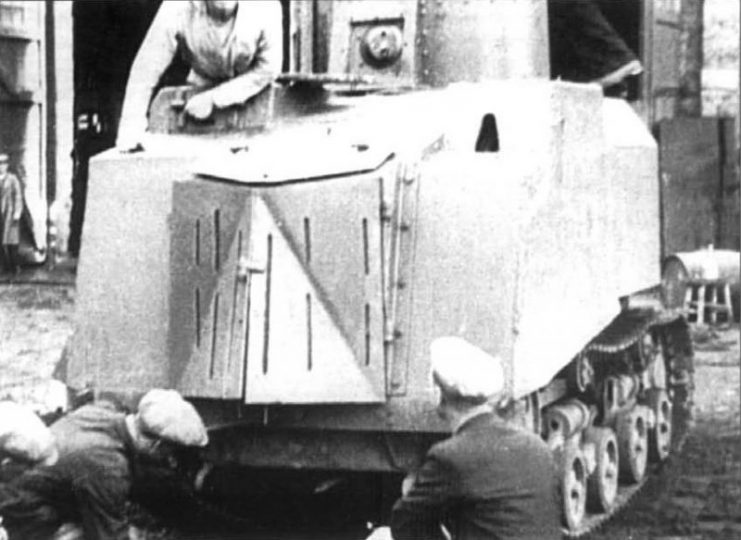
On August 8, 1941, the regime in Odessa announced a state of siege. The situation in which the defenders of the city found themselves looked bleak. On the same day, the German troops made their first attempt to seize the city. The enemy was a combined force of the 4th Romanian Army, the 72nd German Infantry Division, and the Luftwaffe forces (Group South).
The total number of Romanian-German troops was about 340,000 men, while the number of Soviet soldiers was several times smaller. A Separate Coastal Army under the command of General Georgy Sofronov defended the city. The forces of the Black Sea Fleet carried out artillery support of the city from the sea.
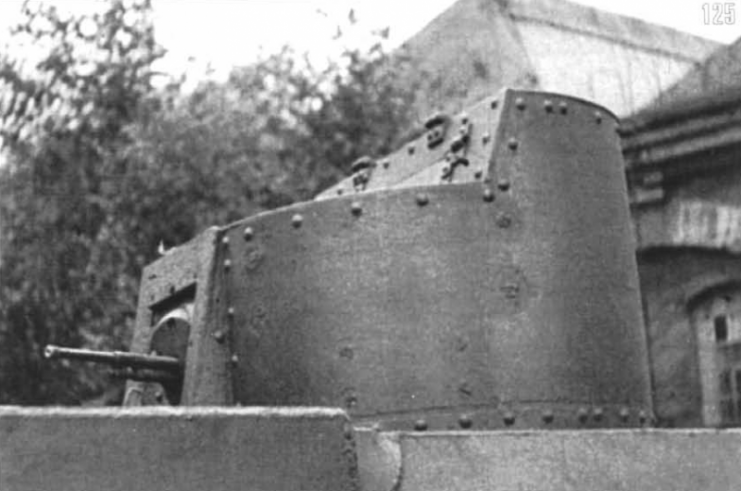
Realizing the severity of the situation, the residents of Odessa united to build defense lines. More than 100,000 people put all their effort into the task. In a very short time, they managed to erect about 259 barricades and 3 full-fledged defensive lines. In addition, the city formed the 421st Infantry Division, detachments of sailors and two regiments of marines.
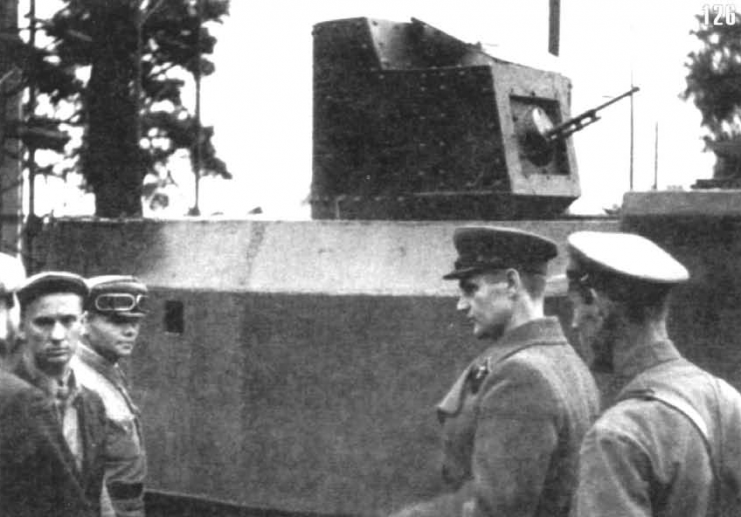
The number of defenders of the city had thus grown significantly. However, the fascists remained a fivefold majority. On August 13, they completely blocked the city from the ground, depriving it of receiving military support from the Southern Front.
In addition to the lack of human resources, defenders had a great need for heavy military equipment. To compensate for the lack of tanks, the chief engineer of the Odessa machine-building plant Romanov, Obednikov, and Captain Kogan created a tank project. According to the draft model of future tanks, they were based on the STZ-5 tractor chassis.
The tractors, ordinarily used for agricultural purposes, were lined with steel sheets or tank armor 10-20mm thick, while on some individual versions the armor was 25mm. The space between the armor and the lining was laid with wooden beams.
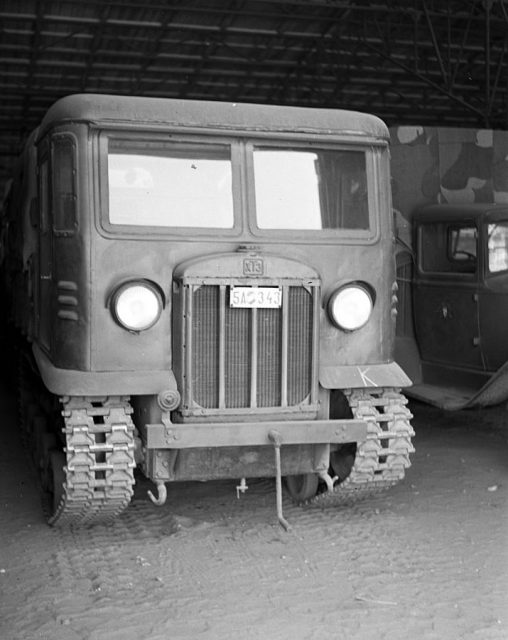
On some models, a tower was installed from defective Soviet T-26 tanks (37mm gun). In addition, “Tractor tanks” were armed with machine guns (usually 7.62mm or German and Romanian 37-47 mm guns) and small-caliber guns. In some cases, the lack of available tools and equipment forced them to take desperate measures, including the installation of a fake gun. It played the role of intimidating the enemy.
The maximum capacity of the crew was 2-3 people, and the maximum speed of about 5mph. In official military documentation, this type of equipment was designated as a “tractor tank” or “armored tractor”.
The project of the “tank” was realized at the Odessa machine-building plant named after the “January Uprising”, and the armored body was manufactured at the plant named after the October Revolution. September 14 saw the formation of the first tank battalion of 31 improvised tanks.
Production did not cease, despite the constant bombardment of the plant. As a result, during the time of the production, the efforts of the workers produced 55 copies of the tractor tank (in another version, 69 copies).
The first real battle involving the “tractor tank” took place under the command of Senior Lieutenant Yudin. Supporting the 25th Infantry Division, a tank platoon consisting of two armored tractors and one BT-7 tank proved their effectiveness. However, during the battle, a vulnerability of the front of the tank was revealed (the slopes of the front caterpillars could not withstand the load).
To get rid of this shortcoming, engineers decided that the tank would only move by reverse gear. They also decided to strengthen the rear with additional sheets of armor. This decision reduced the maximum speed but increased the resistance to enemy fire.
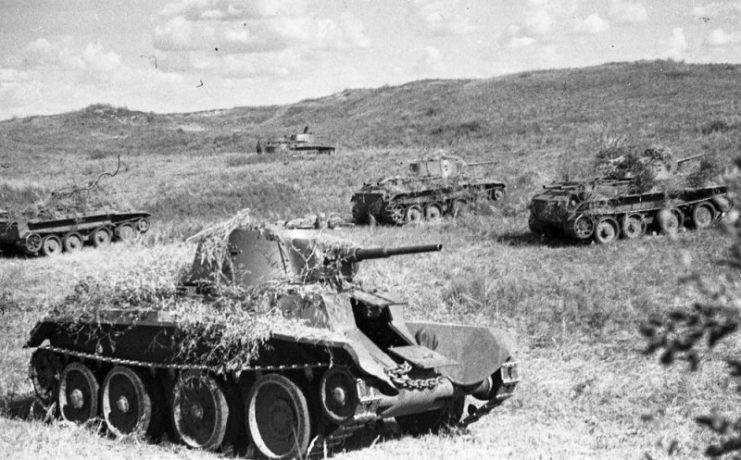
On September 20, 1941, around 20 armored tractors entered the battle against the Romanian military units on a dark night. Romanian soldiers had created a network of trenches and occupied strong fighting positions. An armored tractor, with its searchlights turned on, was moving backward at a slow speed.
However, the loud noise of the engines, mixed with gunshots created a powerful psychological effect on the Romanian soldiers. Thinking they were witnessing a breakthrough of significant enemy forces, Romanian soldiers fled the battlefield.
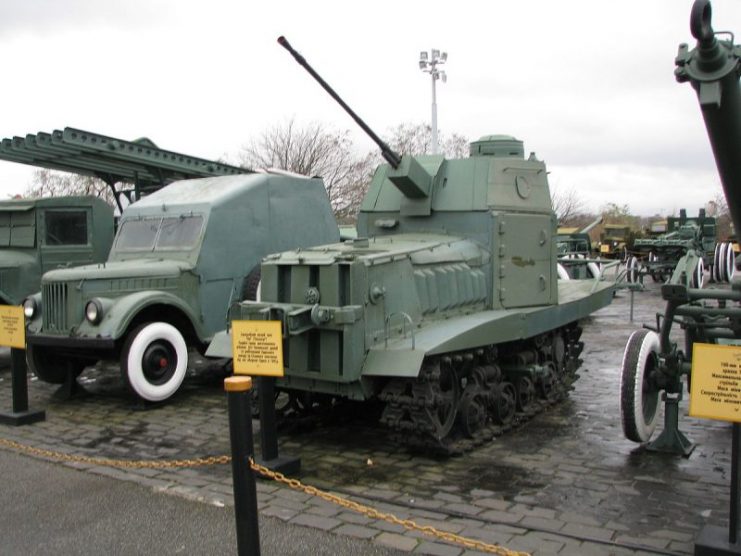
Subsequently, thanks to the effect of such a horrific sound, the armored tractor was named “NI-1,” which literally means (На испуг) “On fright.” This name arose from the fact that the “armored tractors” installed fake models of heavy caliber guns that caused a panic of the enemy.
The defense of Odessa against the assault by Army Group South continued for 73 days. On September 30, the Soviet command decided to take troops from Odessa and send them to defend the Crimea. The solid defense of the city allowed the evacuation of a large number of civilians and important cultural artifacts.
During the first 16 days of October, the ships of the Black Sea Fleet evacuated all available troops (about 86,000 military and 15,000 civilians) and part of the military equipment (19 tanks and armored vehicles, 462 guns, 1,158 vehicles, 3,625 horses and 25,000 tons of military cargo). All the surviving NI-1 tanks took part in the cover of the retreating troops. In order not to leave their tanks to the enemy, the Soviet soldiers deliberately destroyed them.
